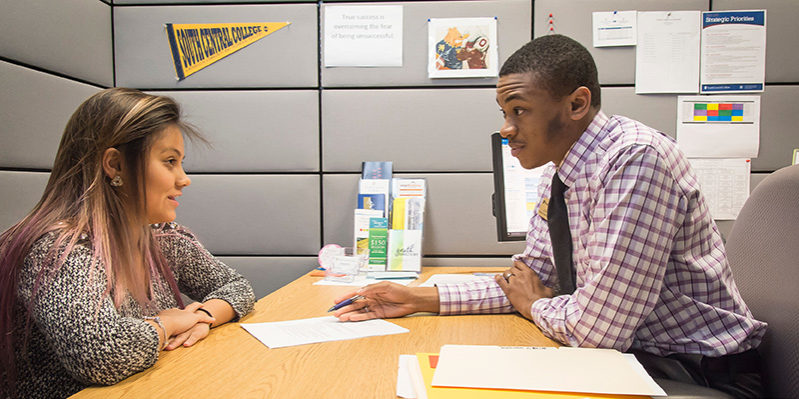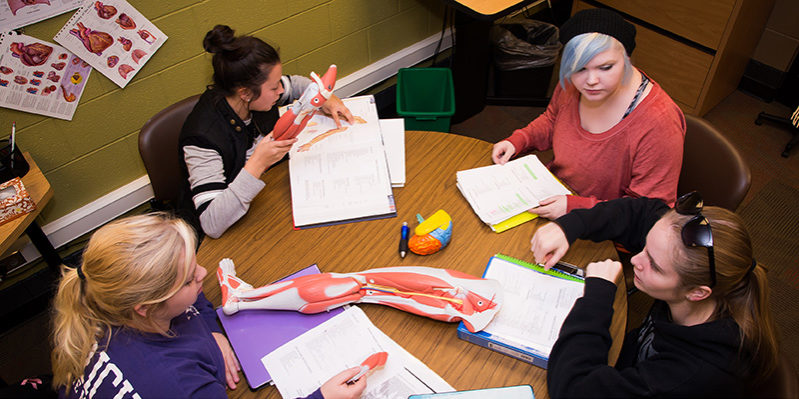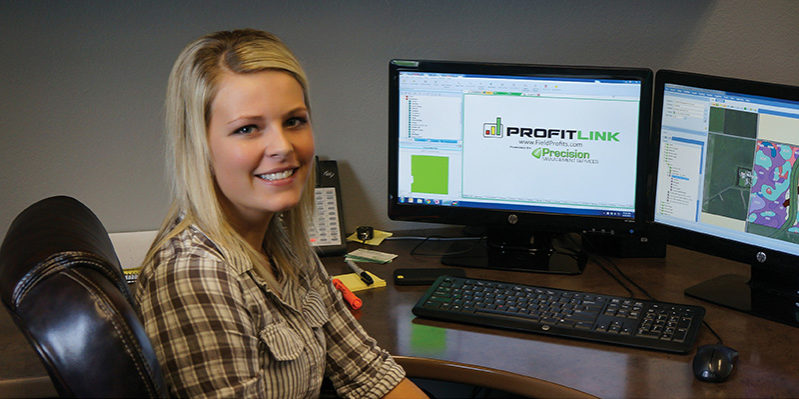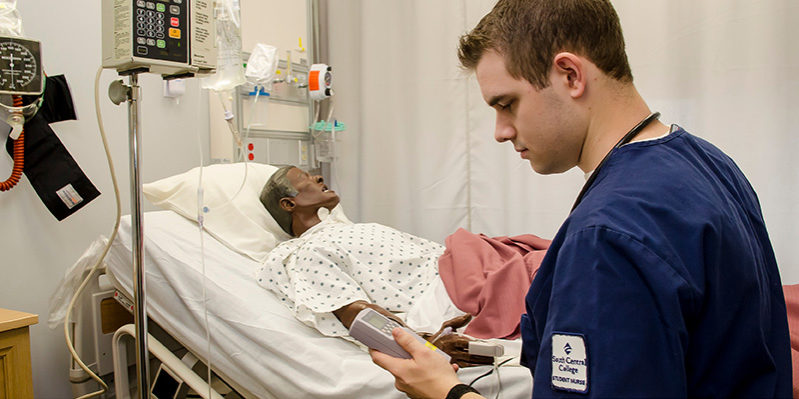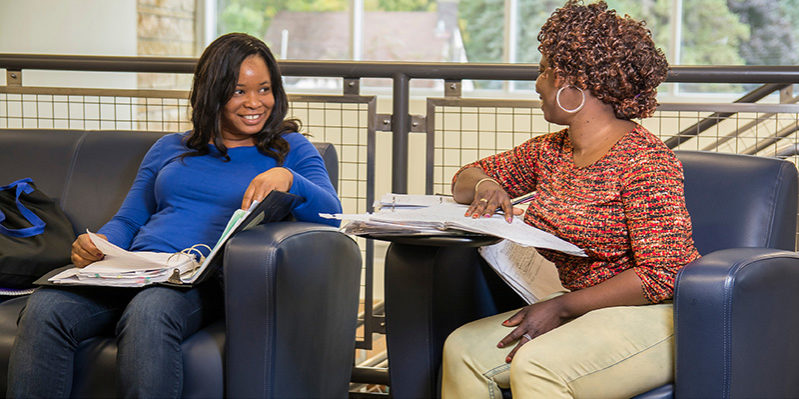
In an era of ever-increasing college costs, mounting student debt and an uncertain job market, students and parents are compelled to consider a college degree as a serious investment. Measures like price, post-graduation employability and pay outlook must all be weighed in deciding on the quality of a school.
How can you make a wise choice? Posing the following questions can help you chart your educational course:
What Programs are Offered?
Community and technical colleges offer dozens of associate degree programs, including some that lead to a bachelor’s degree or higher through a transfer track, as well as short-term certificates and diplomas that take less time to complete.
Areas of study include healthcare, human services, business, communications, agriculture and the other technical degree options, as well as transferable liberal arts and sciences programs.
What are the Costs?
Cost is a prime consideration for most students and their families.
Community and technical colleges are a fraction of the cost of four-year universities, private schools and for-profit colleges.
For the 2016-17 school year, the College Board reports average tuition and fees for public two-year community colleges across the country at $3,520. By comparison, the average cost of attending a for-profit school is more than quadruple the cost of a local community college.
Minnesota Annual Tuition and Fees for Full-Time Students 2016-17:
- State Community & Technical Colleges (2-year): $5,364
- State Universities (4-year): $8,028
- University of Minnesota: $13,021
- Private For-Profit Colleges and Universities: $16,238
- Private Non-Profit Colleges and Universities: $28,796
Source: Minnesota State Office of Academic Research based on data available June 2016
How Much Debt Will I Take On?
The low price of a community and technical college, coupled with financial aid and scholarships, means many students graduate with little to no debt. For the 2016-17 school year, the maximum Federal Pell Grant is $5,815. This often leaves money for books and other needs. The College Board reports community college students in 2015-16 had an average $770 left over after financial aid.
The low price is perhaps the “best kept secret” of public community and technical colleges. While for-profit schools account for about 10-13 percent of the total higher education student population annually, these students make up a whopping 47 percent of federal student loan defaults. Starting at a community and technical college can mean avoiding a lifetime of financial headaches.
What Are the Economic Outcomes for Graduates?
Most students are rightly concerned about landing a job after earning a degree. Are the skills you learn in college applicable in the work place? Or to put it another way, does a college live up to its claims in terms of providing a better future for its students?
For students who want a career immediately after graduation, community and technical colleges provide educational options based on the specific needs of the businesses and organizations in their service area, frequently forging partnerships with industry to help their students get cutting edge skills.
For students whose career goals require a four-year education, a community and technical college lets them take their required liberal arts and sciences courses in a student-focused supportive environment before transferring on to a larger university.
Will My Credits Transfer?
Many community and technical college programs have agreements with two- and four-year schools and advisors to help plan in advance for transferring.
What Resources Does the School Provide to Help Me Succeed?
Community and technical colleges focus on helping students complete their goals, even when life is complicated by work and family obligations. Student success often comes down to the resources a college can provide outside of the classroom. Academic advising, tutoring, career placement and other student services are vital for navigating higher education. Community and technical colleges offer an abundance of these types of services to provide a unique support system to help students succeed.
WHERE DO I START?
The best starting point for a high school student is their school’s counseling office. High school counselors have an abundance of information on careers and higher education offerings. Also, many high schools partner with area colleges and other educational organizations on career exploration programs that include campus tours and hands-on activities.

